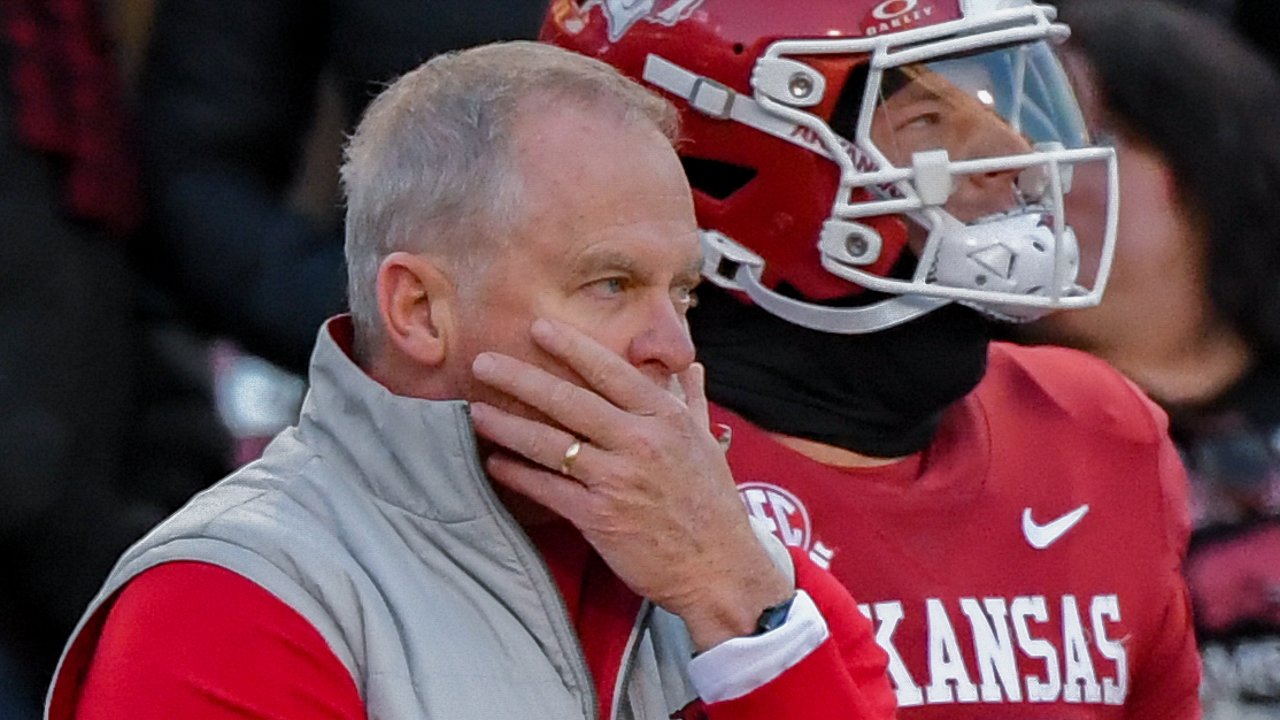NCAA Settlement Ushers in Revolutionary Era of College Sports Compensation
In a watershed moment for collegiate athletics, Judge Claudia Wilken has granted final approval to the landmark House v. NCAA settlement, fundamentally altering the financial landscape of college sports.
The agreement, which includes nearly $2.8 billion in back damages and allows schools to share up to $20.5 million annually with athletes, represents the most significant transformation in NCAA history.
NCAA President Charlie Baker, addressing the National Association of Collegiate Directors of Athletics convention in Orlando, characterized the settlement as a pivotal turning point.
“This is one of the biggest changes ever in college sports,” Baker said, emphasizing that the agreement provides “a far better future than virtually every other alternative that could have been in front of us.”
The settlement resolves three separate federal antitrust lawsuits that challenged the NCAA’s restrictions on athlete compensation.
Under the new framework, schools can begin revenue sharing with athletes starting in the 2025-26 academic year, marking a dramatic departure from the traditional amateur model.
The magnitude of this change is already rippling through athletic departments nationwide. Michigan recently announced a 10% reduction in athletic department staffing as institutions grapple with the financial implications of the settlement.
Baker maintains that having choices, even difficult ones, is preferable to the alternative of bankruptcy.
According to initial projections, the revenue distribution is expected to heavily favor revenue-generating sports, with approximately 74% allocated to football players, 17-18% to men’s basketball, and smaller percentages to other sports.
This distribution model has sparked debates about equity across different sports programs.
Former Massachusetts Gov. Baker, who assumed the NCAA presidency in March 2023, brings a unique perspective to the organization, having previously demonstrated his ability to navigate complex political landscapes as a Republican governor in a predominantly Democratic state.
His background in both politics and business has proved crucial in steering the NCAA through this transformative period.
The settlement’s approval comes after years of mounting pressure on the NCAA’s traditional model.
The organization’s authority has gradually eroded through a series of legal challenges and external pressures, culminating in this historic agreement.
Schools now face a June 15 deadline to opt into the settlement, though discussions are underway to potentially extend this to July 1.
Athletic departments must navigate complex decisions about participation levels, funding sources, and distribution methods for the newly permitted compensation.
Looking forward, the settlement’s impact will extend far beyond immediate financial considerations.
The removal of scholarship limits and the introduction of direct payment mechanisms are expected to reshape recruiting, competitive balance, and the overall structure of collegiate athletics.
Baker emphasizes that while change of this magnitude will be challenging, it represents an opportunity rather than a crisis.
“College sports need stability as we modernize,” he said, acknowledging that the transition period will likely be complex but necessary for the long-term sustainability of collegiate athletics.
As institutions begin implementing these changes, the full impact of this settlement will unfold over the coming years.
What’s clear is that collegiate athletics has entered a new era, one where the financial relationship between schools and athletes has been fundamentally redefined.
The success of this transformation will depend on how effectively institutions adapt to these sweeping changes while maintaining the essential character of college sports.








